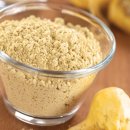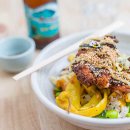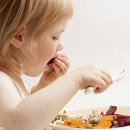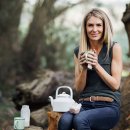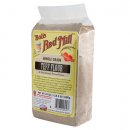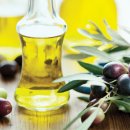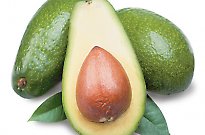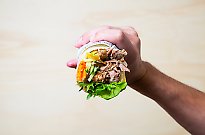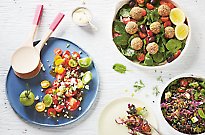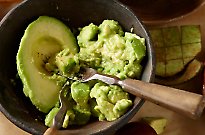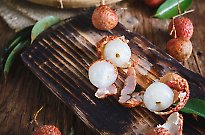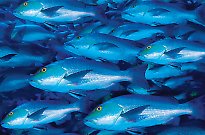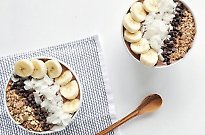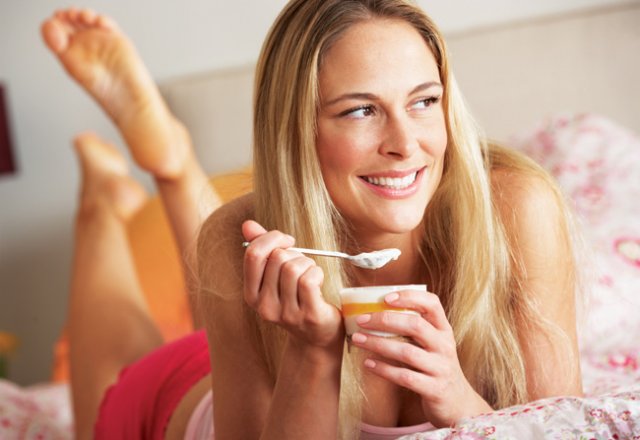
Eating for your age
Eating for your age

What’s great about them is that some fashion/decor/beauty expert has boiled down what you need to know into a super-short list of recommendations that you’ll (hopefully!) remember.
Our nutrition experts have done just that with their list of must-eat foods for every woman at every age.
Our disclaimer: these are just the highlights. Check with a medical professional to see if you might be deficient in key nutrients.
In your 20s: Lean, organic beef
Lean beef is rich in iron – 100 grams contains about three milligrams, or about 15 per cent of your daily needs. (Mussels, oysters and poultry are also good sources containing 24, five and two milligrams per 100 grams, respectively.) You need iron to transport oxygen from your lungs to the cells in your body. During your childbearing years, your recommended intake is highest at 18 milligrams/day because you need to replace what’s lost each month through menstruation – the only other time you need more is during pregnancy at 27 milligrams/day.
Other ways to get iron: It’s in beans (up to 13 milligrams per three-quarter cup), dark leafy greens (half a cup of cooked spinach equals three milligrams) and dried fruit, but in these foods it’s in a form that your body can’t absorb as easily. You can boost your iron absorption by pairing them with a vitamin C-rich food, such as oranges and sweet potatoes.
In your 30s: Beans
Beans are brimming with folate – a vitamin that women need before and during pregnancy to prevent birth defects. One cup boasts about 200 to 300 micrograms, depending on the variety. Folate (and folic acid, the form used in dietary supplements and fortified foods) is so important for mothers-to-be because it helps produce DNA and form healthy new cells. As with iron, the daily recommendation for folate is highest during your childbearing years (400 mcg/day). The only other times it’s higher is during pregnancy (600 mcg/day) and lactation (500 mcg/day). Nutrition experts advise pregnant women, and those planning to get pregnant, to get 400 micrograms of folic acid from supplements and fortified foods – in addition to eating folate-rich foods.
Other ways to get folate: Green leafy vegetables like spinach (half a cup cooked = 121 mcg) and citrus fruits (a cup of OJ = 110 mcg) are also rich in folate.
In your 40s: Whole grains
Whole grains will help you combat two things that you might be battling as you enter your 40s: 1. Increasing blood pressure (thanks to heart and artery walls thickening and stiffening over the years) and 2. A slowing metabolism (it slows by one to two per cent each decade after age 30). Swapping refined grains, such as white bread and rice, for whole grains (whole wheat bread, brown rice, oats, quinoa, etc.) will help you get more fibre and research suggests that adding fibre to your diet will help you prevent weight gain – or even encourage weight loss. Other studies suggest that whole grains help the body hang on to potassium, a mineral that helps maintain normal blood pressure.
Other ways to get fibre: Salad! Maximise your nutrient intake by building a vibrantly coloured salad – think spinach, broad beans, beetroot or even fruits like grapes, oranges or grapefruit. All these salad ingredients offer fibre, potassium, vitamin C (which may help to keep skin firm and protect against UV rays) and antioxidants.
50+: Organic low-fat yoghurt
Organic low-fat yoghurt is a great source of calcium at about 400 milligrams per cup. (Low-fat yoghurt and other dairy foods are usually no different in calcium content than full-fat versions.) Bone-strengthening calcium becomes increasingly important in your 50s. So much so that the recommended level increases from 1,000 to 1,200 mg/day. Why? From age 30 on, cells that build bone become less active while those that dismantle bone keep working. And then that loss is accelerated during menopause due to decreasing eostrogen.
Other ways to get calcium: Milk (306 mg), cheese (300 mg), kale (1 cup cooked, 179 mg) and spinach (99 mg). Also, remember that calcium and iron compete with one another for absorption, so it’s best not to eat them together at the same meal. That said, your iron needs actually decrease in your 50s (from 18 to eight milligrams/day) because of menopause.
NEXT: 8 anti-ageing drinks>>

